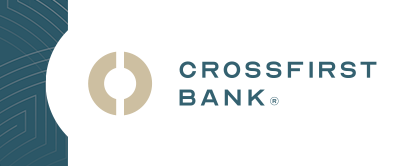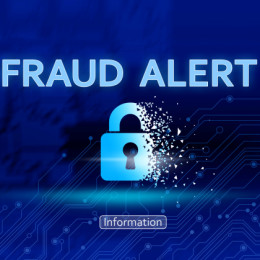
If there’s one fear that plagues the minds of consumers and business owners alike, it’s opening a bank statement and seeing a fraudulent transaction.
But for businesses especially, the stakes are higher. While consumers are protected by policies that allow them up to 60 days to dispute unauthorized charges with the bank, businesses have just 24 hours – two business days – to do the same. That means that businesses need to be especially vigilant in both looking for fraud and taking steps to prevent it.
Too few are. According to the 2022 Association for Financial Professionals (AFP) Payments Fraud and Control Report, more than 70% of surveyed organizations reported being victims of payment fraud attacks in 2021. Though those numbers are down from reported record highs in 2018 and 2019, the problem persists at a high level.
Many banks, including CrossFirst, offer products and processes that help to protect businesses from fraud. Here are a few.
Payee Positive Pay
With Payee Positive Pay, a business provides the bank with a list of authorized payouts, which the bank can then use to verify transactions as they come in.
Here’s how it works: After accounts payable personnel complete a check run, they create an electronic file that includes the date, payee name, dollar amount, and check number for each transaction. That file goes to the bank. When items are presented to the bank for payment, the bank verifies that the item matches the information on file.
If an attempted transaction does not match, it gets flagged as an “exception” and is bounced back to the company, where an authorized employee will determine whether it should be paid. The process helps prevent unauthorized or fraudulent checks from third parties being paid against the company account.
Positive pay is the most popular method taken by businesses to guard against check fraud – 83% of organizations surveyed by the AFP reported they use it.
And, despite the increasing popularity of electronic payments, check fraud continues to pose a monumental risk to businesses: checks continued to be the payment method most targeted by fraudsters (66%), according to the AFP. The US Secret Service estimates that check fraud costs American businesses billions per year.
Automated Clearing House (ACH) Positive Pay
Similar to Payee Positive Pay, many banks can also help to protect your bank-to-bank electronic payments through ACH Positive Pay.
With this tool, a business submits to the bank a list of companies that are authorized to make electronic debits from its checking account. Along with the list, the business submits filters – such as setting a maximum allowed payment – that the bank will use to scrutinize debits.
As with Payee Positive Pay, if a vendor is not on the approved list, or if the transaction violates one of the allowed terms set by the business, the bank will flag the transaction as an exception and send it back to the business for review.
This is particularly important for larger companies utilizing electronic payments – especially given the prevalence of ACH payment fraud. ACH debit fraud accounted for 37% of payment fraud activity last year – the second-highest method after check fraud – and has been on the rise steadily for the past several years.
Lockbox Services
Businesses can also protect themselves by establishing a receivables lockbox with the bank. In addition to providing extra protection from internal payment fraud, this solution also reduces the amount of time it takes for received payments to be deposited into a business’ bank account.
With this tool, the business utilizes a post office box that is directly managed by the bank. Clients send payments to the PO box, the bank captures them and deposits them directly into the business’ account, afterward providing an electronic record of the transaction to the business.
A receivables lockbox can be especially useful in preventing internal business fraud involving paper checks or other mailed payments. By reducing the number of people who have access to the payment, it reduces opportunities for thieves to get their hands on it.
Businesses can – and should – take other steps to prevent fraud, including teaching employees to recognize signs of email phishing attempts. But the bottom line is: it’s not all on your shoulders. Consider your bank a partner in guarding against fraud and take advantage of the tools they have in place to protect you and your business. Reach out to the Treasury Services expert closest to you for more information.

